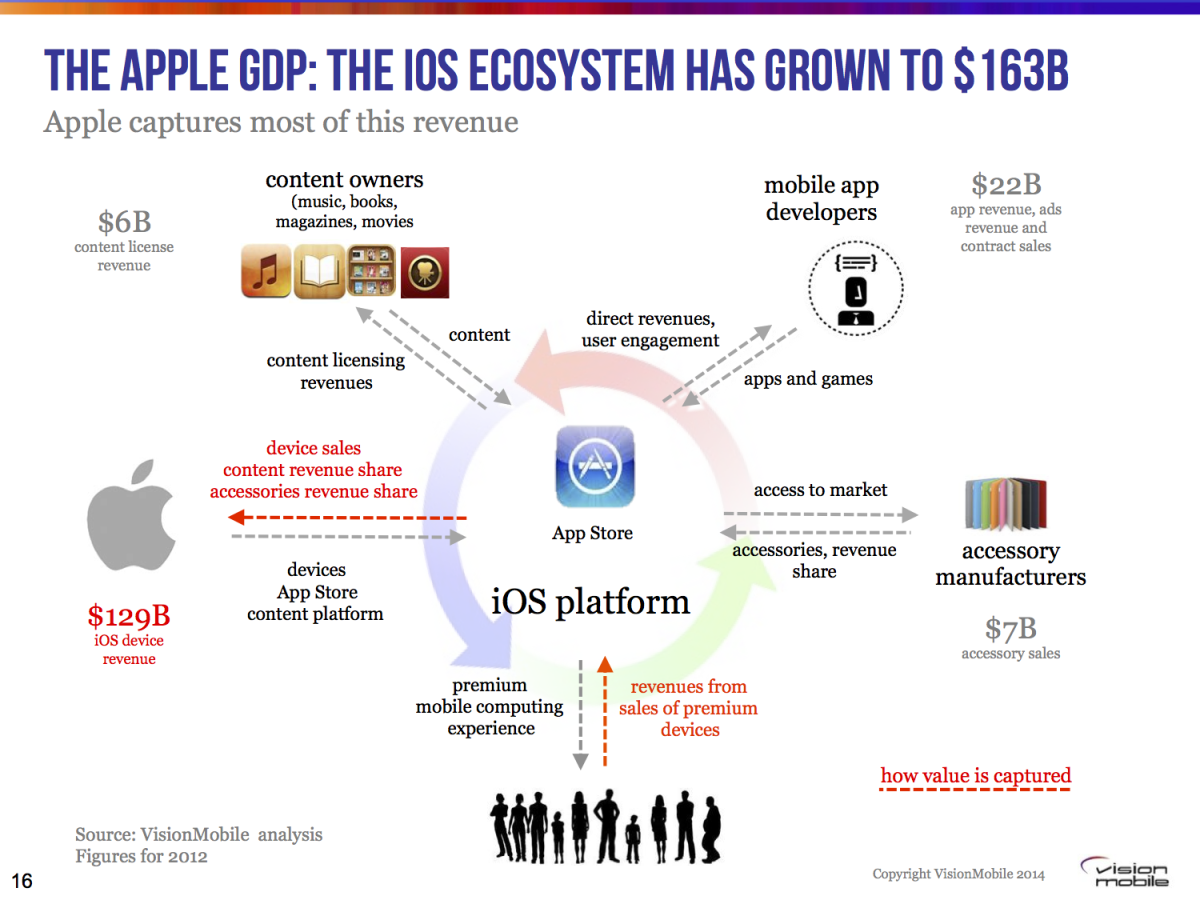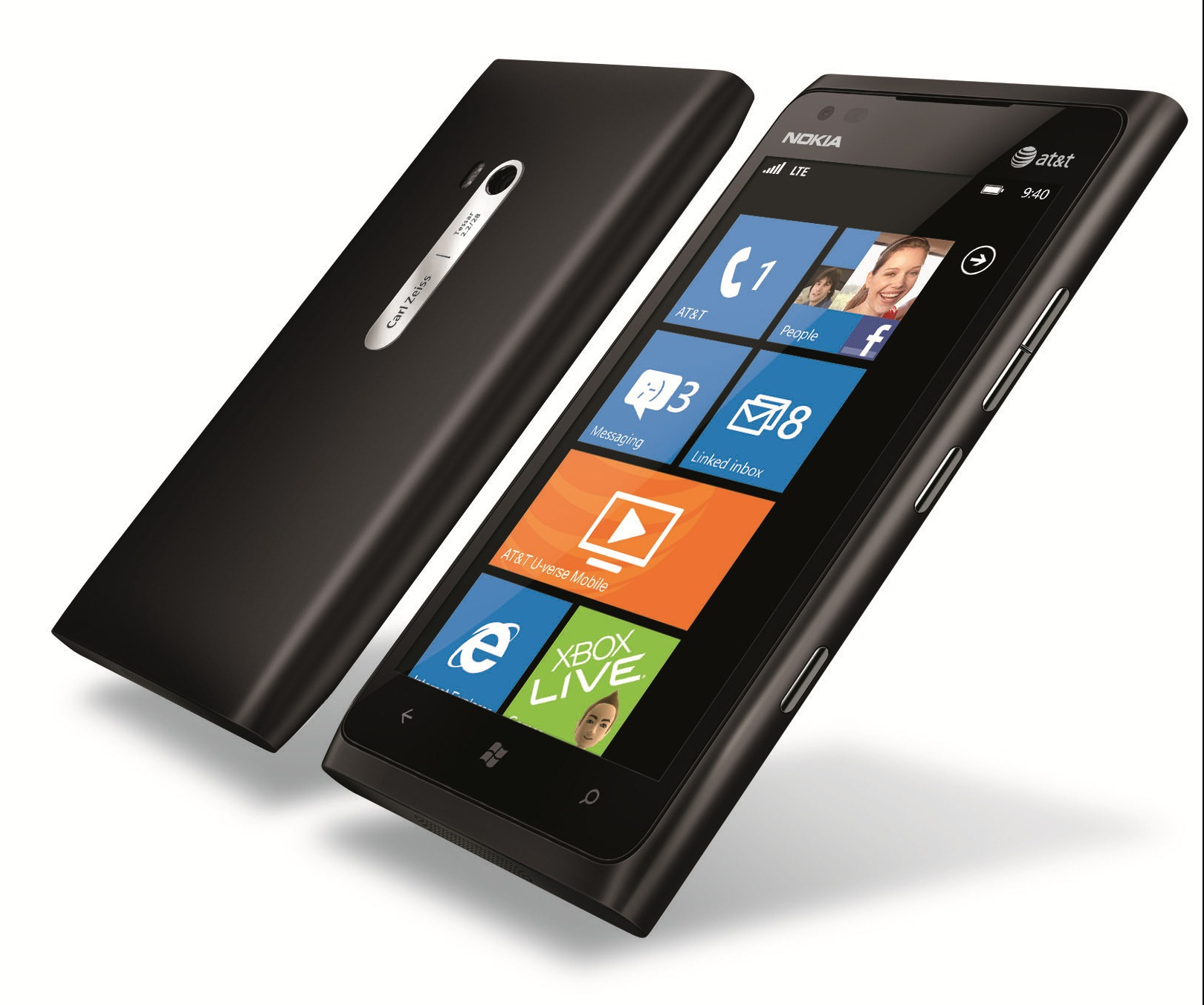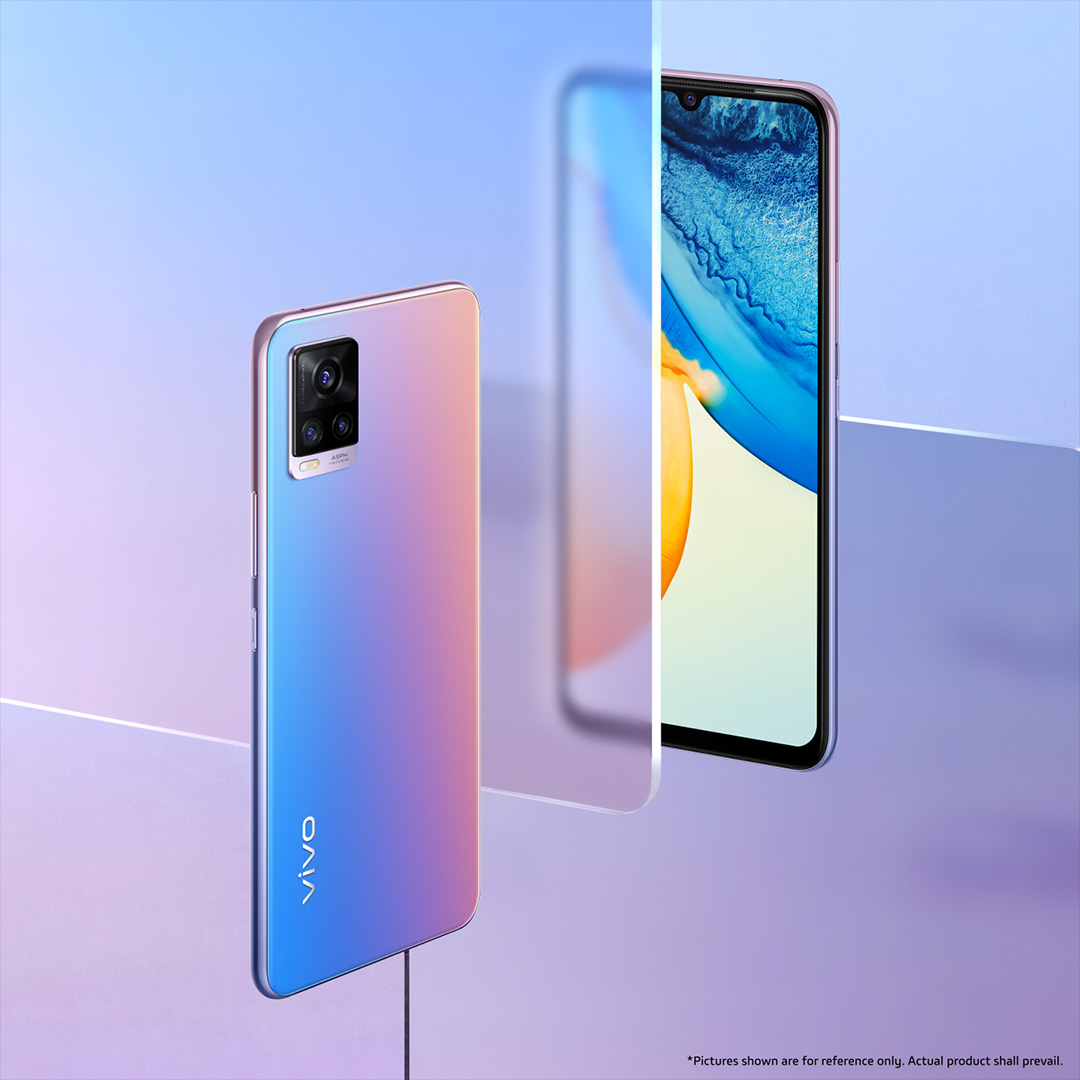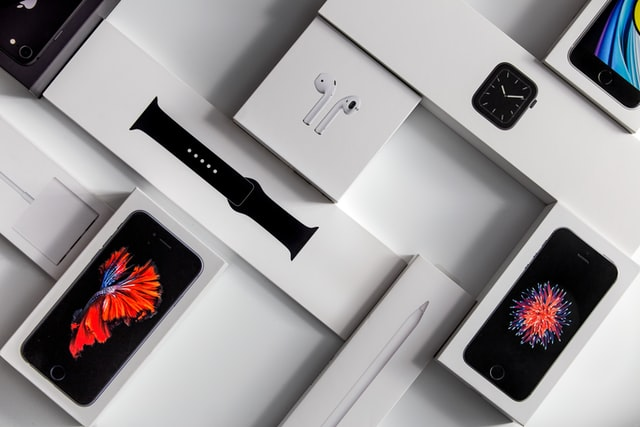The iOS app music ecosystem has revolutionized how musicians create, record, and perform music, making it accessible to everyone from amateurs to professionals. With a plethora of music production apps designed specifically for iPhone and iPad, artists can produce high-quality tracks right at their fingertips. The inclusion of a MIDI interface iOS enhances this experience, allowing for seamless integration with external controllers and instruments. Musicians can dive into tools tailored for iPhone music recording or utilize iPad musician tools to unleash their creativity without the constraints of traditional studio settings. Whether you’re exploring guitar performance apps or crafting intricate compositions, the iOS platform provides a wealth of resources that empowers artists in the modern digital landscape.
The ecosystem surrounding music applications on iOS devices has dramatically shifted the paradigms of music creation and performance. Many artists and producers now turn to robust applications for their iPhones and iPads, leveraging these digital platforms to produce music anytime, anywhere. With the integration of MIDI technology in iOS devices, musicians can easily connect their instruments, enhancing their workflow and efficiency. Artists are discovering an array of tools for recording and music production that eliminate the barriers commonly found in traditional studio environments. Additionally, specialized apps for guitarists and other musicians further demonstrate the versatility and innovation that the iOS music app landscape has to offer.
The Impact of the iOS App Music Ecosystem on Musicians
The iOS app music ecosystem has revolutionized how musicians create, record, and produce music. With an array of applications available on the App Store, musicians can seamlessly access powerful music production apps right from their devices. From songwriting to mixing, these apps have made it possible for artists to compile a professional-quality sound without the need for a full-fledged studio. Consider platforms like GarageBand or Logic Remote, which empower iPhone users to turn their fleeting musical ideas into well-structured compositions instantly.
The introduction of core MIDI specifications further amplifies this transformational impact by allowing musicians to connect various MIDI devices directly to their iOS devices. This means that every music producer can now use MIDI interfaces on their iPhone or iPad to expand their creative toolkit. As the music industry shifts towards a more mobile-centric model, the iOS ecosystem continues to lead the charge, enabling musicians to collaborate and perform on-the-go like never before.
MIDI Interfaces for Enhanced Music Creation on iOS
MIDI interfaces have significantly expanded the capabilities of music production on iOS devices. For iPhone music recording, integrating an external MIDI controller can turn an ordinary smartphone into a powerful music workstation. Musicians can sequence beats, trigger samples, and even control virtual instruments using just their iPhones. This flexibility invites both amateur and professional musicians alike to harness the potential of their devices more effectively, ensuring that creativity isn’t limited by hardware.
Moreover, with compatible iPad musician tools, recording sessions can be transformed into a more tactile experience. Musicians often prefer using dedicated controllers, such as MIDI keyboards or drumpads, which elevate the interaction with music production apps. For example, an iPad can host intricate synth apps while being played via a MIDI interface, resulting in rich soundscapes that are both engaging and innovative.
Top Music Production Apps for iOS: Unlocking Creativity
The App Store is brimming with music production apps for iOS that cater to various aspects of music creation. Popular apps like FL Studio Mobile, Cubasis, and KORG Gadget provide an extensive toolkit for musicians on-the-go. These applications not only allow users to record and layer tracks but also offer features such as MIDI editing, drum programming, and mixing capabilities that rival desktop software. Thus, it’s no surprise that many musicians consider these apps essential for both home studios and live performances.
Furthermore, these music production apps integrate seamlessly with MIDI controllers, enhancing the recording experience. Imagine using an iPad to manage a full-scale music production while simultaneously triggering sounds from a MIDI interface. This innovative collaboration between software and hardware helps unlock new creative opportunities for artists, leading to more dynamic and complex music compositions.
Recording Using iPhone: A Gateway to Professional Sound
The iPhone’s capabilities in music recording have put professional-grade tools into the palms of musicians. With various high-quality recording apps available, musicians can create studio-quality audio tracks from virtually anywhere. Portable microphones, combined with apps designed for recording and editing, allow for spontaneous creativity that classical recording studios could never match. Today, an iPhone can capture guitar performances, vocal tracks, or even full band recordings in a compact and efficient manner.
Moreover, the ability to utilize effects and plugins tailored for mobile devices further enhances the recording experience. Musicians can experiment with reverb, delay, or distortion, usually reserved for larger setups, all from their iPhones. This newfound convenience empowers artists to explore their sound without limitations, solidifying the iPhone as an indispensable tool for today’s forward-thinking musicians.
Ipad Musician Tools: Merging Functionality and Creativity
iPads have established themselves as indispensable tools for musicians, offering a myriad of musician-centric applications designed specifically for production and performance. The larger screen real estate allows for intricate workflows, enabling producers to visualize their music in a more comprehensive way compared to an iPhone. The ability to use a stylus with apps like Procreate for music notation or editing can further enhance the creative process, making it an appealing choice for composers and performers alike.
Additionally, the combination of iPad musician tools with MIDI interfaces unlocks a plethora of possibilities. Artists can string together various hardware instruments and mobile apps into an interconnected setup that elevates live performance. Imagine playing a standing guitar synth while triggering drum sounds on an iPad – this level of integration demonstrates the power that comes from using iPads alongside MIDI technology in music-making today.
Exploring Guitar Performance Apps for iOS Musicians
Guitar performance apps have surged in popularity among iOS musicians, providing essential tools for practice, recording, and performance. Applications such as AmpliTube and BIAS FX allow guitarists to access a range of virtual amplifiers and effects right on their iPhones and iPads. This flexibility means that musicians can shape their tone on-the-go, ensuring they are always stage and studio-ready. Additionally, apps like GuitarTuna for tuning and Chordify for chord recognition foster an environment of continuous improvement and learning.
With the integration of MIDI interfaces, guitar performance apps have taken a step further. Musicians can link their electric guitars directly to their iOS devices, harnessing the power of effects and virtual instruments without cumbersome hardware setups. This advancement leads to a modern, streamlined approach to guitar performance and songwriting, making it easier than ever to create and share music.
The Future of Music Production on iOS Devices
As technology continues to evolve, the future of music production on iOS devices appears promising. With ongoing updates in software and increased capabilities in hardware like MIDI controllers, mobile music production is set to become even more sophisticated. Innovative features such as cloud integration allow for seamless collaboration and sharing, enabling artists to work together from anywhere in the world. This trend supports a music industry that values flexibility and adaptability.
Moreover, as more musicians turn to mobile platforms for their creative processes, the development of specialized music apps will increase. New software leveraging AI and machine learning to aid musicians in composition and production will undoubtedly play a role in shaping the future landscape. As the iOS app music ecosystem continues to flourish, it stands to redefine the roles of musicians and producers, paving the way for an entirely new generation of creators.
Benefits of Having a Mobile Music Studio
The concept of a mobile music studio has gained traction as more artists leverage the capabilities of their iOS devices. One of the primary benefits of having a mobile setup is the freedom to create anywhere, whether at home, in a café, or while traveling. This convenience encourages spontaneity, leading to unique musical ideas that may not emerge in a traditional studio environment. As a result, artists can capture inspiration moments at their peak without the constraints of physical studio bookings.
Moreover, mobile music studios are often more cost-effective than traditional setups. With essential music production apps available at relatively low prices and the accessibility of MIDI interfaces, musicians can achieve high-quality recordings without a hefty financial investment. This democratization of music production ensures that anyone with creativity and ambition can produce and share music, further fueling the diverse musical landscape we see today.
MIDI Technology and Its Role in Music Performance
MIDI technology has profoundly influenced how music is produced and performed, particularly within the iOS ecosystem. By allowing various devices and software to communicate, MIDI facilitates a level of integration that was unattainable in the past. Musicians can now use MIDI interfaces to connect their instruments and controllers directly to their iPhones or iPads, unlocking new performance possibilities while maintaining control over their sound.
The role of MIDI in music performance extends beyond just connectivity; it serves as a bridge between the digital and analog worlds. For instance, with the new capabilities introduced by platforms like ION’s Guitar Apprentice, guitarists can easily integrate their instruments into a MIDI-enabled environment, allowing them to manipulate sound, capture performances, and experiment with live loops all through their mobile devices. This dynamic interaction enriches live performances, allowing for a more immersive experience for both the artist and audience.
How iOS is Reshaping Musicians’ Career Paths
The rise of the iOS app ecosystem is reshaping how musicians navigate their careers, providing new pathways for exposure, creation, and collaboration. Social media integration with music production apps allows artists to share their work instantly, broadening their reach and potentially attracting fans from across the globe. This accessibility is a game-changer for independent artists, enabling them to take control of their careers without relying heavily on traditional record labels.
Furthermore, advancements in mobile technology have lowered the barriers to entry for aspiring musicians. With affordable options for music production apps and hardware, anyone can start creating music. This democratization of music-making cultivates a diverse landscape, as a wider range of voices and styles can emerge. Ultimately, the iOS ecosystem is not just a tool for musicians; it’s paving the way for a new era in the music industry that favors innovation and creativity.
Frequently Asked Questions
How has the iOS app music ecosystem transformed music production?
The iOS app music ecosystem has revolutionized music production by providing a wide range of music production apps available on iPhones and iPads. Musicians can create, edit, and produce music using powerful digital audio workstations (DAWs) directly on their devices, making it easier and more accessible than ever.
What are some popular music production apps for iOS?
Some popular music production apps for iOS include GarageBand, Cubasis, and FL Studio Mobile. These apps offer various features that cater to different aspects of music production, from recording to mixing and mastering.
How does MIDI interface iOS integration benefit musicians?
MIDI interface iOS integration allows musicians to connect various MIDI peripherals such as keyboards and controllers directly to their iOS devices. This capability enhances live performance and studio production, enabling seamless communication between instruments and music apps.
Can I use my iPhone for music recording?
Yes, you can use your iPhone for music recording. With several high-quality music recording apps available, musicians can easily capture, edit, and produce professional-sounding tracks right from their devices.
What tools do iPad musician tools include for enhanced performance?
iPad musician tools include various apps and interfaces that facilitate performance, such as synthesizers, loop apps, and MIDI controllers. These tools empower musicians to create and perform music on the go, transforming their iPad into a versatile music studio.
Are there dedicated guitar performance apps for iOS?
Yes, there are several dedicated guitar performance apps for iOS, including ION’s Guitar Apprentice. These apps offer tutorials, effects, and recording capabilities specifically designed for guitarists, enhancing their performance and practice sessions.
How can iOS music apps improve my songwriting process?
iOS music apps can enhance your songwriting process by providing tools for recording ideas, creating beats, and experimenting with different sounds. With features like MIDI input and intuitive interfaces, songwriters can quickly transform inspiration into structured compositions.
What advantages do iOS-based music production apps have over traditional software?
iOS-based music production apps offer portability, user-friendly interfaces, and touch-based controls, making music creation accessible anywhere. Additionally, they often come at a lower cost compared to traditional software, allowing more musicians to get started.
Is it possible to perform live using iOS music apps?
Yes, performing live with iOS music apps is not only possible but increasingly popular. Musicians can use apps with MIDI capabilities and looping functions to create dynamic live performances that engage their audience.
What is the significance of the core MIDI specification in the iOS music ecosystem?
The core MIDI specification is significant as it standardizes MIDI communication across iOS devices, allowing musicians to connect a wide range of MIDI hardware seamlessly. This opens up new creative possibilities for music performance and production on iPhones and iPads.
| Key Point | Description |
|---|---|
| Transformation of the Music Industry | The iOS app ecosystem has revolutionized how musicians operate, allowing them to use their devices for various music-related tasks. |
| Core MIDI Specification | The introduction of Core MIDI has enabled better connectivity for MIDI peripherals, enhancing music performance. |
| iOS-powered Instruments | Devices like the ION Guitar Apprentice demonstrate how iOS instruments provide affordable and innovative options for guitarists. |
| Cost Efficiency | Affordable tools (such as the Guitar Apprentice for $99) allow musicians to record and perform without expensive setups. |
Summary
The iOS app music ecosystem has significantly altered how musicians create and share their work. With powerful apps and MIDI compatibility, artists can now produce professional-quality music using just their iPhone, iPod, or iPad. This transformation not only increases accessibility but also fosters creativity by providing various affordable tools that empower musicians at all levels.







